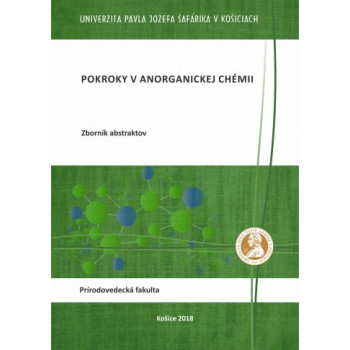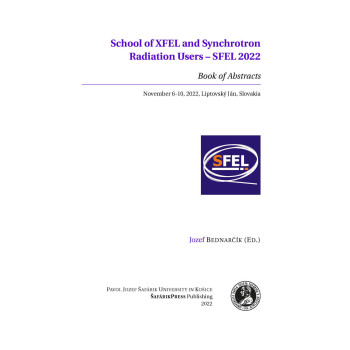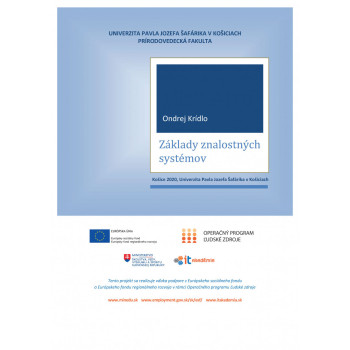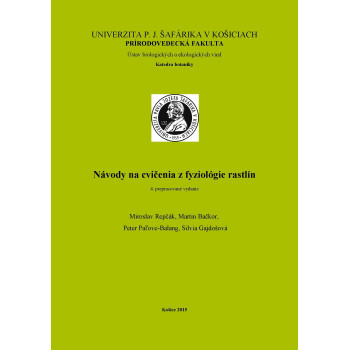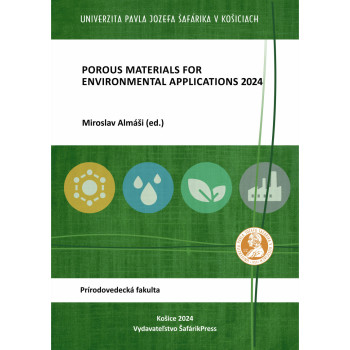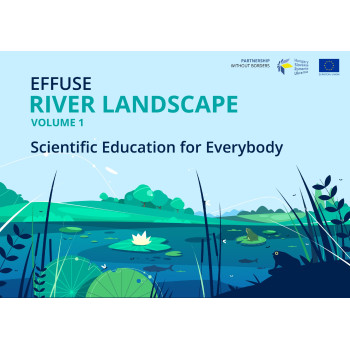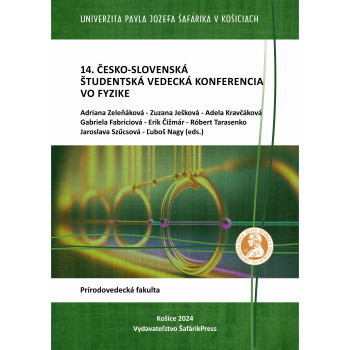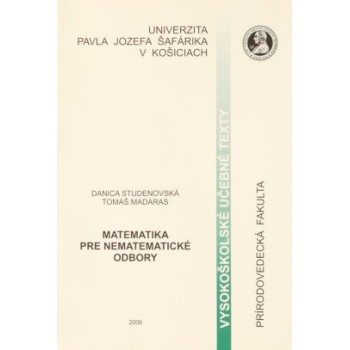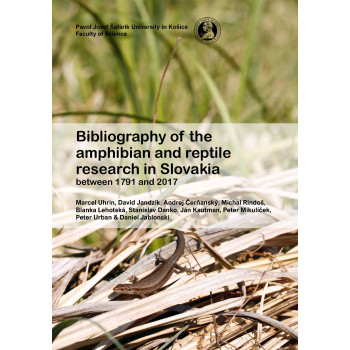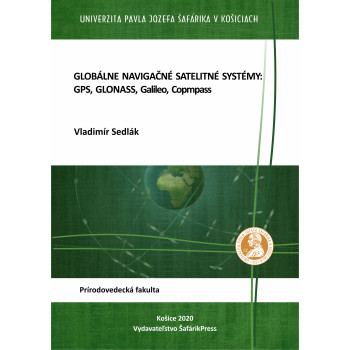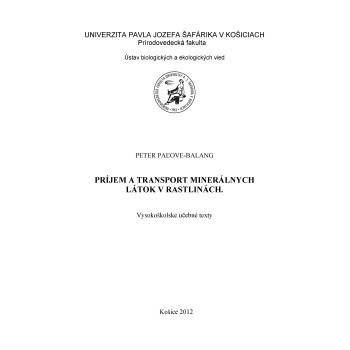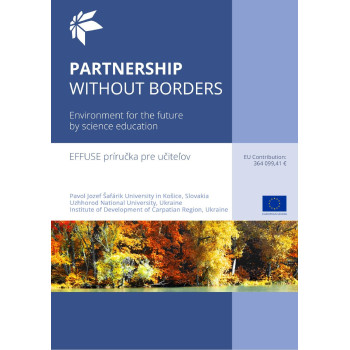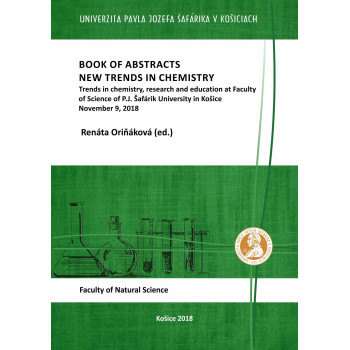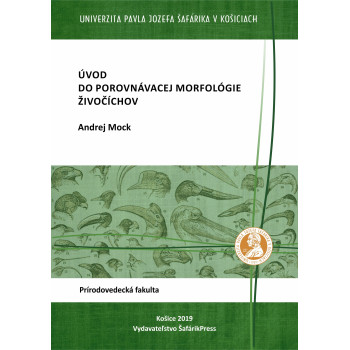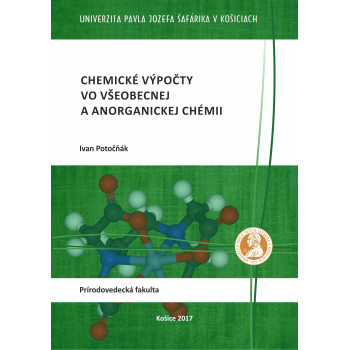
A 60-Year Legacy of Inorganic Chemistry...
E-book
Miroslav Almáši(ed.)
The proceedings of the conference 60 YEARS OF SCIENCE AND EDUCATION IN THE FIELD OF INORGANIC CHEMISTRY IN EASTERN SLOVAKIA comprise a collection of scholarly and scientific contributions presented on the occasion of the 60th anniversary of the establishment of the Department of Inorganic Chemistry at the Institute of Chemistry, Faculty of Science, Pavol Jozef Šafárik University in Košice. The conference focused on reviewing the scientific, research, and educational activities in the field of inorganic chemistry in eastern Slovakia and highlighting significant achievements accomplished over the sixty-year history of the department. The abstracts included in the proceedings cover a broad range of topics that reflect current trends and directions in inorganic chemistry. The proceedings are thematically divided into four main areas, encompassing contributions dedicated to inorganic, coordination, bioinorganic, and materials chemistry. This collection offers a valuable overview of the current state of research in inorganic chemistry, as well as its teaching and historical development in eastern Slovakia..




